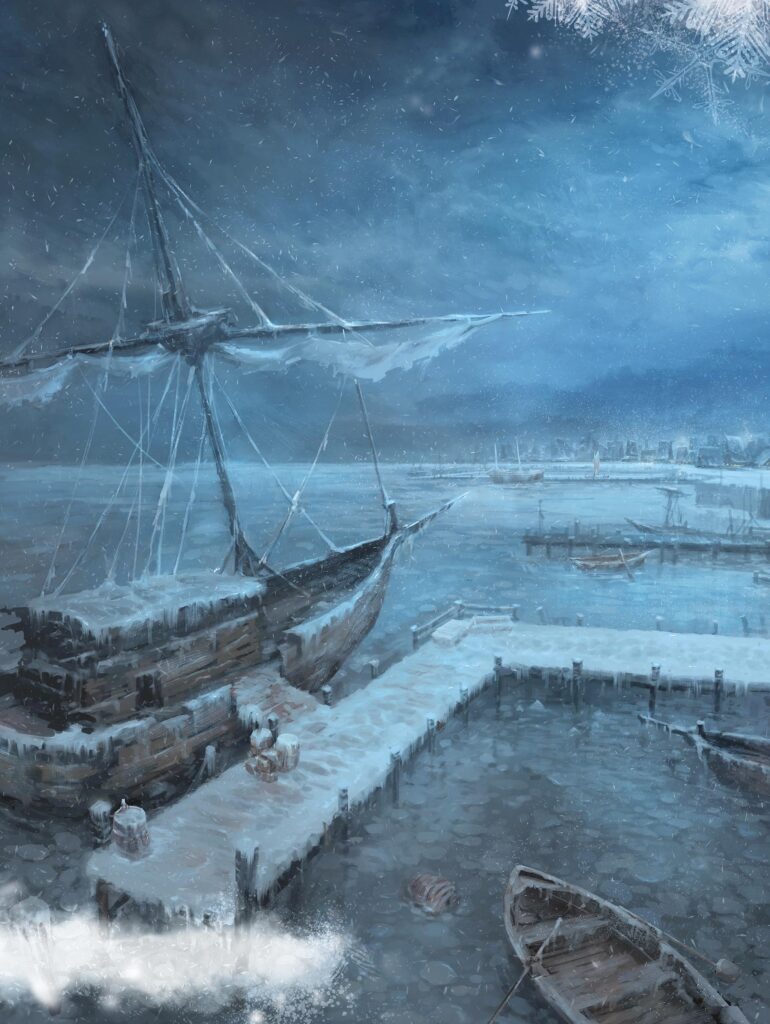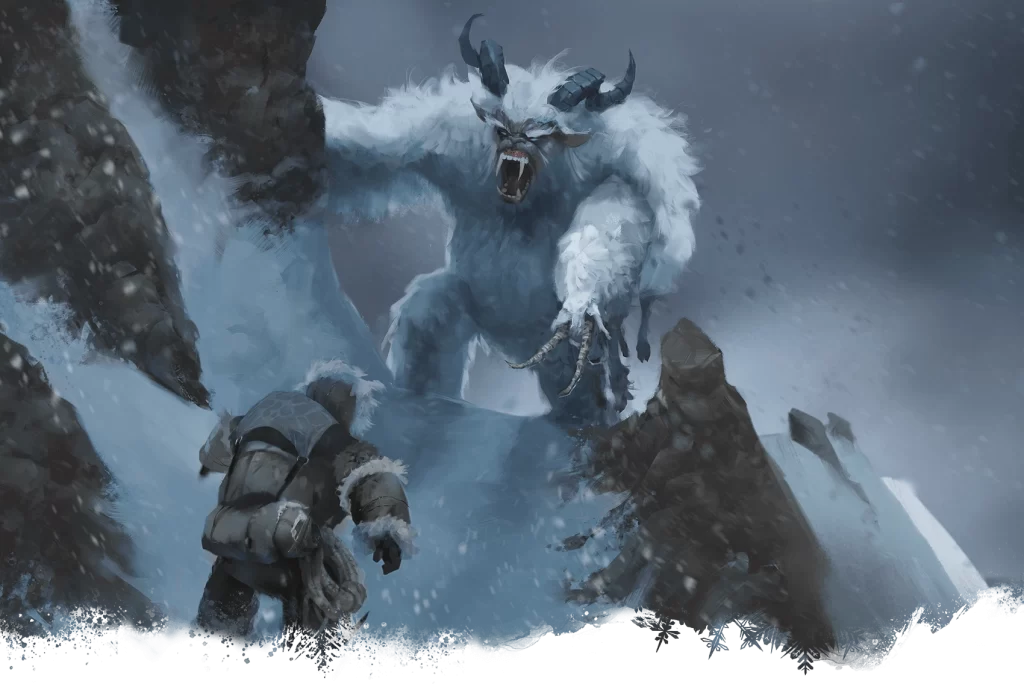
Cold Environment
Venturing into chilled, bone cold environments is not for the faint of heart. The icy realms present a multifaceted challenge that goes beyond the well-known threats of hypothermia and frostbite. A sudden downpour of cold rain that quickly freezes can transform the landscape into a treacherous plane, with adventurers at risk of slipping or even breaking bones. Meanwhile, a unique phenomenon known as frozen fog, or pogonip, can envelop travelers. This occurs in extreme cold when the moisture in the fog freezes, forming suspended ice crystals. This chilling mist doesn't just obscure vision but can lead to frostbite on any exposed skin.
And then there's the glare from the sun reflecting off vast expanses of snow, which can result in snow blindness, a painful condition where one's cornea suffers sunburn. Just as deceptive are the hidden ice patches that lie in wait, ready to catch unwary travelers off-guard, leading to unexpected, and often injurious, falls. Even stationary shelters aren't safe; the accumulated weight of wet, heavy snow can cause cave roofs or structure tops to collapse, posing an ever-present danger.
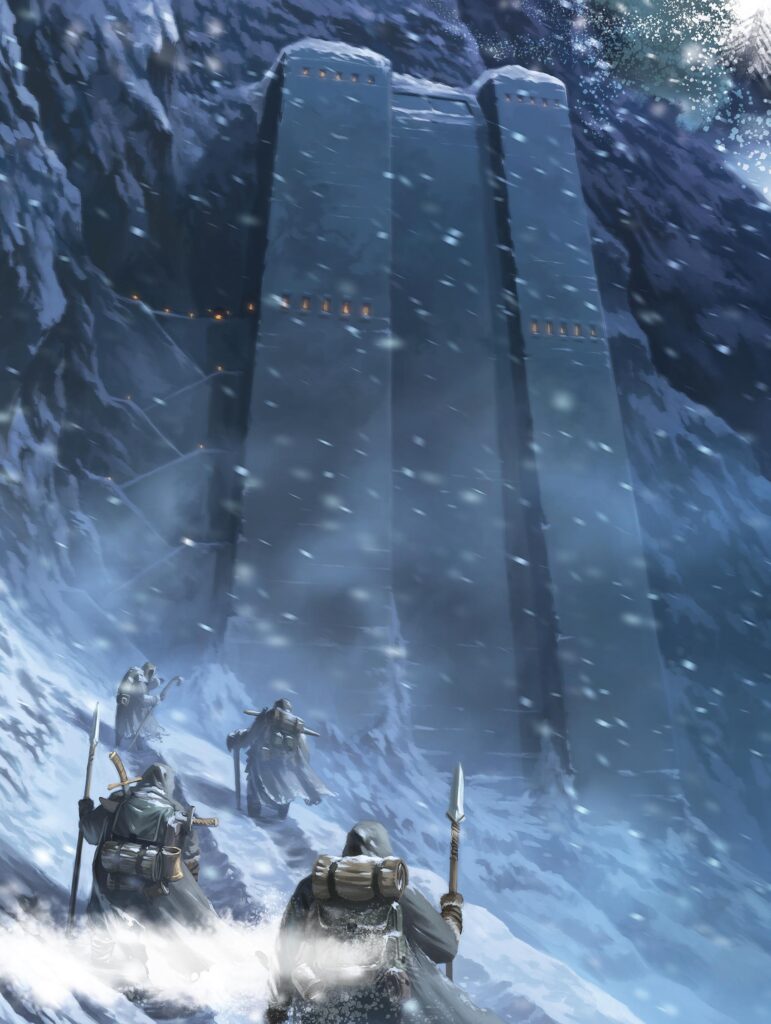
Nature, in its quest for survival, has also equipped certain plants with defense mechanisms against the cold, and inadvertently, against humans. Some seemingly benign plants can be toxic if consumed or have thorns capable of piercing clothing and skin. Additionally, the relentless wind in open snowy landscapes doesn't just carry snow and reduce visibility-it amplifies the cold. The wind chill effect can make the environment feel significantly colder, increasing the risks to those exposed.
However, it's not just the immediate surroundings that pose a threat. Avalanches, while an obvious danger, present multiple challenges. The initial cascade is just the beginning. Once the tumult subsides, the risk of suffocation looms large. For those fortunate enough to escape this snowy tomb, the altered terrain can make previous routes impassable, further complicating the journey. Rivers, too, can be both pathways and traps. While a frozen river might seem like a solid route, the inconsistency in ice thickness poses the ever-present danger of breaking through, leading to potential immersion in freezing waters or being caught in a swift, unseen current.
More Challenging
One aspect that many underestimate is the reduced daylight in cold regions. Polar areas or locations deep in winter months can have limited sunlight, shortening safe travel times and increasing risks from nocturnal cold-weather threats. Moreover, the combination of cold and high altitude can be particularly menacing. Reduced oxygen levels at high altitudes can lead to altitude sickness, which is characterized by a range of symptoms from nausea to incapacitating dizziness.
Adding to the physical challenges is the mental toll of isolation. Far from the warm bustle of civilization, the cold expanses can evoke feelings of profound loneliness and despair. It's also a place where dehydration becomes a silent enemy. The cold masks thirst, making it easy to forget the importance of staying hydrated. Dehydration in such environments not only magnifies the effects of cold but can also increase susceptibility to other injuries.
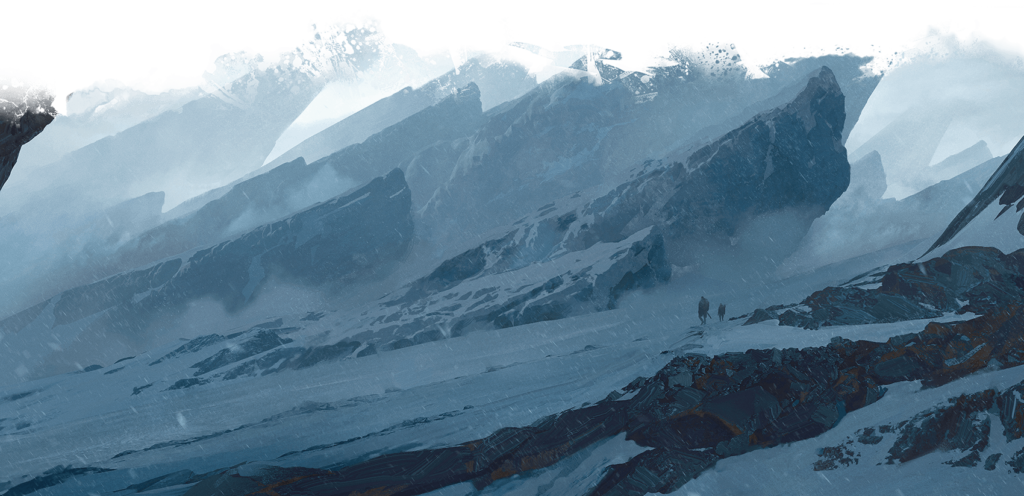
Cold-weather adventuring is a testament to endurance, preparation, and respect for nature's formidable power. Those who choose to face winter's grasp head-on must do so with knowledge, equipment, and unwavering teamwork. For while nature's icy beauty is breathtaking, it hides myriad perils ready to challenge even the most seasoned adventurer.
Adventuring in cold, snow, ice, and subzero temperatures presents a unique set of challenges for any group of adventurers in Dungeons & Dragons. Whether your party is trekking across the frosty tundras or delving deep into ice-laden caverns, the chilling environments can be just as formidable as any dragon or lich. Here's a detailed look at the dangers that cold environments might pose.
Physical Dangers
In the merciless clutches of the frozen wilderness, each step is a desperate bid against a catalog of unseen horrors that the cold itself weaponizes. Imagine, if you will, the lurking dread of hypothermia-an invisible enemy stalking you with every frigid gust. Your body's core temperature plummets, sabotaging the very furnace that fuels your life processes. Confusion sets in, distorting your perception, followed by an insidious weakness that gnaws at your will to move. Finally, darkness creeps into the corners of your vision as you slip into unconsciousness, your life ebbing away on a bed of ice.
But let's not forget frostbite, a silent assailant that targets your extremities. Your fingers, toes, and even your nose succumb to an agonizing numbness as the tissues freeze. Ignored, this turns into gangrene, rendering your limbs lifeless and blackened, forcing the cruelest of choices: amputation or death.
Visibility? A joke in these icy realms. Howling snowstorms and fog denser than a graveyard mist reduce your world to an arm's length. Every sound could be a predator stalking you, every shifting shadow a threat. And ah, the avalanches-a terrifying cascade of death that sweeps down mountainsides, entombing everything in its path. The snow you admired from afar becomes a suffocating white shroud, imprisoning you in a frigid tomb.
The ground itself is a treacherous foe. Crossing what appears to be a frozen lake, the ice beneath you gives way, plunging you into freezing water that wrenches your breath away. The shock accelerates hypothermia, your body's heat leaching out into the icy abyss.
Travel is exhausting, your boots sinking into knee-deep snow, dragging you down as if trying to swallow you whole. Every move becomes a Herculean effort, making you vulnerable to ambushes from cold-adapted predators. Imagine the horror of being stalked by a winter wolf, its eyes glowing like icy embers in the dim light, or worse-a white dragon, its scales almost indistinguishable from the surrounding snow, until it's too late.
Your equipment, too, conspires against you. The metallic clang of your sword becomes a brittle crack as it snaps in the biting cold. Potions freeze, turning into useless slush, and magical items grow fickle and unreliable.
Resources are agonizingly scarce. Game animals are as elusive as phantoms, and the plant life is deceptive, masked with toxicity or thorns that pierce through your clothing as if mocking your feeble attempts for sustenance.
Building a campfire becomes a trial of its own. The frozen wood resists your desperate attempts to ignite it, and should you manage, the flickering flames seem almost too timid to challenge the overwhelming cold. The chilling atmosphere might even alter the very fabric of magic-your fire spells sputter and falter, their warmth leeched away by the insatiable frost.
Psychological Torture
And then comes the psychological torture-the isolation, the feeling that you're utterly alone in an endless white expanse. Help is not just around the corner; it's days, maybe weeks away. Your thoughts grow as heavy as the snow-laden branches overhead, burdened by the looming despair. Even staying hydrated becomes an overlooked battle, the dryness of your throat mirroring the aridity of your hope.
Understand this: the cold is not just a condition; it's an omnipresent adversary, weaponizing the very air, land, and water against you. It offers no reprieve, no quarter, no mercy. It challenges not just your physical limits, but tests your mental resolve, forcing you into a gauntlet of endless trials where the margin between life and death is as thin as the ice you tread upon.
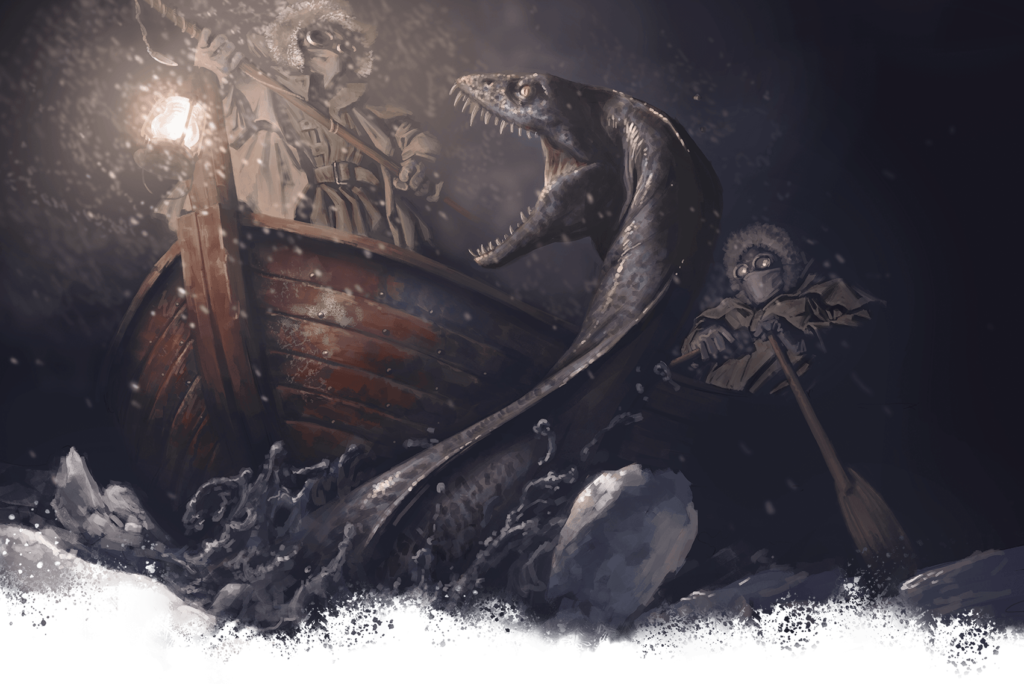
For those brave enough to venture into the heart of winter's grasp, respect for the environment and thorough preparation is essential. The cold is unforgiving, and nature's icy beauty hides many perils. But with knowledge, equipment, and teamwork, adventurers can navigate these challenges and emerge with tales of their icy exploits.
Adventuring in extreme cold conditions, therefore, requires preparation. Warm clothing, ample provisions, spells that can provide warmth or create shelter, and a solid understanding of the environment can make the difference between a successful expedition and a frozen tragedy. It's always a balance between the thrilling adventure possibilities that icy realms offer and the very real dangers that they present.
Icewind Dale Environment
Icewind Dale is a frigid and unforgiving frontier located in the northernmost reaches of the Forgotten Realms. This harsh landscape is characterized by its towering snow-covered peaks, expansive tundras, and treacherous icy caverns. Its fierce winters and perpetual snowstorms challenge even the most seasoned adventurers. Despite its inhospitable climate, Icewind Dale is home to a variety of settlements and creatures, each adapted to survive in this relentless cold. The region, with its mix of danger and stark beauty, attracts adventurers seeking both fortune and the challenge of battling nature's harshest elements.
